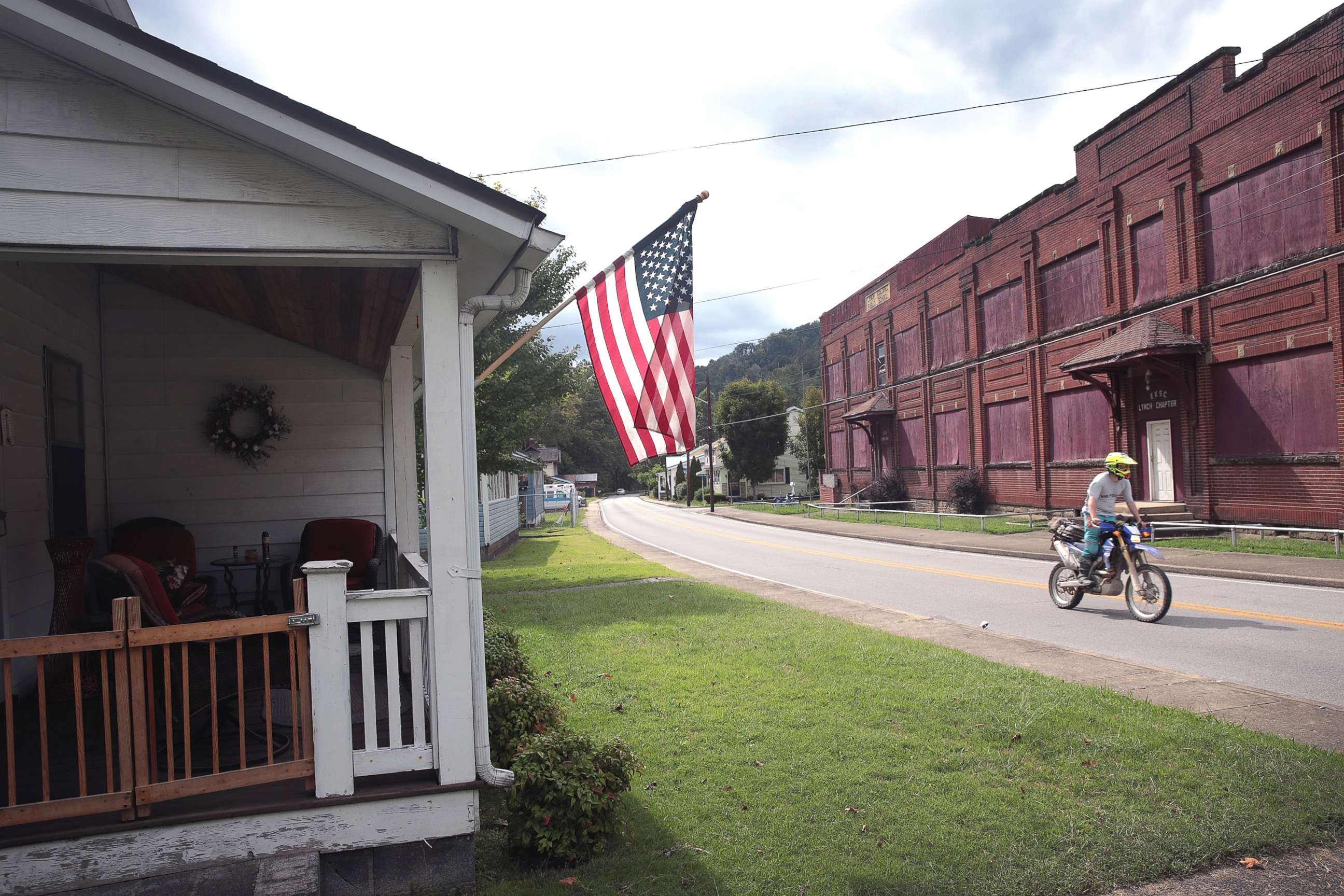Jobless and alone: Research looks into rising suicide rates in rural America
The biggest uptick in suicide rates is where social stimulation is lower.
Could the presence of more local beauty shops, sports teams, and nature walks have an effect on suicide rates? Perhaps, according to a new study in the Journal of the American Medical Association (JAMA). The biggest uptick in suicide rates is happening where population, and social stimulation, is measurably lower.
The research, published by Ohio State University, used data reported from across the United States on suicide rates in over 400,000 people between ages 25 to 64, noting counties where suicide victims lived, as ranging from 'large metropolitan' to 'rural.'
Across all counties from 1999 to 2016, suicide rates increased 41% over the 20-year study period. However, from 2014 to 2016, rural suicide rates were 22 per 100,000 people -- in large metropolitan areas, it was 17.6 per 100,000. The most common suicides were of white men between 45 to 54 years old.
“While our findings are disheartening, we’re hopeful that they will guide efforts to support Americans who are struggling, especially in rural areas where suicide has increased the most and the fastest,” said lead researcher Danielle Steelesmith, Ph.D., via a press release.

Though the study’s information is groundbreaking, the idea that rural Americans are in a mental health crisis is old news for Ty Borders, Ph.D., director of the Rural and Underserved Health Research Center at the University of Kentucky.
Borders has studied suicidal thoughts and suicide attempts in rural Kentucky communities for the past two years, including counties devastated by coal’s decline.
“We know the people who are working in industries such as coal mining are already at greater risk of suicide because they are predominantly white, middle-aged males,” Borders said in an interview with ABC News.
“It wouldn’t surprise me if we see a large spike in suicide rates in the coming years in communities where mines close, because those economic stressors affect people so quickly with tangible things like loss of housing, but also with self-worth.”
The Ohio State researchers created social deprivation scales which showed “high deprivation” in the rural counties where suicide rates climbed -- meaning lower levels of education, low employment rates or lack of industry and higher reliance on public assistance programs like welfare.
Similarly, 'social capital' was weighed by the presence of spectator sports, beauty shops, arts or nature facilities and civic organizations. The research found lower social capital in rural counties with frequent suicides. There were also fewer romantic and cultural connections in these areas.
There’s much attention given to poor economic opportunity and its social effects as a primary risk factor for suicide, but little progress has been made in suicide prevention efforts for rural Americans.
Borders recently completed a term on the National Advisory Committee on Rural Health and Human Services. He admits that governmental suicide prevention plans are designed for cities, and they had “no information or recommendations on how to prevent suicide in rural communities."
“I think as a researcher, I would argue that fostering economic growth in these areas might be most effective in reducing these [suicide] rates effectively. It’s difficult for government to implement policies that influence social capital, but government can play a role in stimulating the economy,” he said.
A hopeful note: The advisory committee on Rural Health and Human Services is increasing funding for rural suicide research, trying to dig up the roots of self-harm that are planted in economic and social isolation.
Dr. Kendrick is a family physician with the ABC News Medical Unit. She is a member of the American Academy of Family Physicians.



